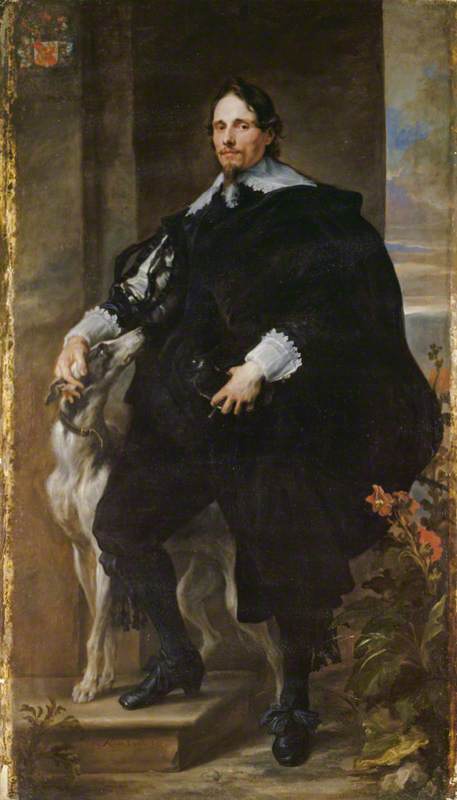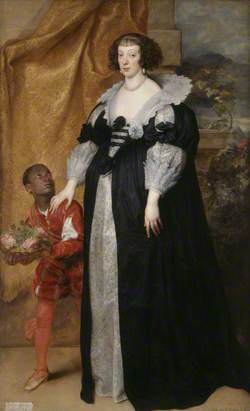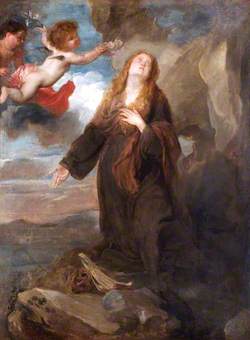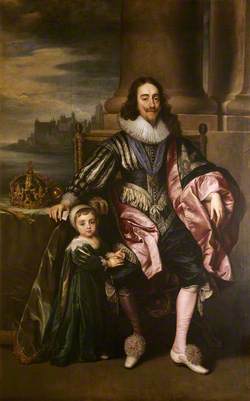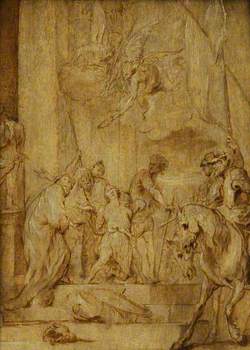How you can use this image
This image is available to be shared and re-used under the terms of the Creative Commons Attribution-NonCommercial-NoDerivatives licence (CC BY-NC-ND).
You can reproduce this image for non-commercial purposes and you are not able to change or modify it in any way.
Wherever you reproduce the image you must attribute the original creators (acknowledge the original artist(s) and the person/organisation that took the photograph of the work) and any other rights holders.
Review our guidance pages which explain how you can reuse images, how to credit an image and how to find more images in the public domain or with a Creative Commons licence available.
DownloadNotes
Add or edit a note on this artwork that only you can see. You can find notes again by going to the ‘Notes’ section of your account.
Long acknowledged as one of Van Dyck’s greatest works and one of the finest portraits to survive from his second Antwerp period (1627–1632), this work demonstrates the artist’s ability to capture not only his sitters’s likenesses but their aspirations. Philippe Le Roy (1596–1679) was the illegitimate grandson of a successful Antwerp manufacturer. As a result of his own financial acumen, Philippe was able to acquire the land and feudal rights to the villages of Ravels and Eel, and the right to call himself ‘Lord of Ravels’. In 1631 he married Marie de Raet (1614–1662), the daughter of François de Raet, almoner of Antwerp, Lord of Couwenstyn. He marked this union by commissioning the present pair of portraits from Van Dyck. Le Roy’s portrait was painted, probably to celebrate his betrothal, in 1630.
Title
Philippe Le Roy
Date
1630
Medium
oil on canvas
Measurements
H 213.3 x W 114.5 cm
Accession number
P94
Acquisition method
acquired by Richard Seymour-Conway, 4th Marquess of Hertford, 1850; bequeathed to the nation by Lady Wallace, 1897
Work type
Painting
